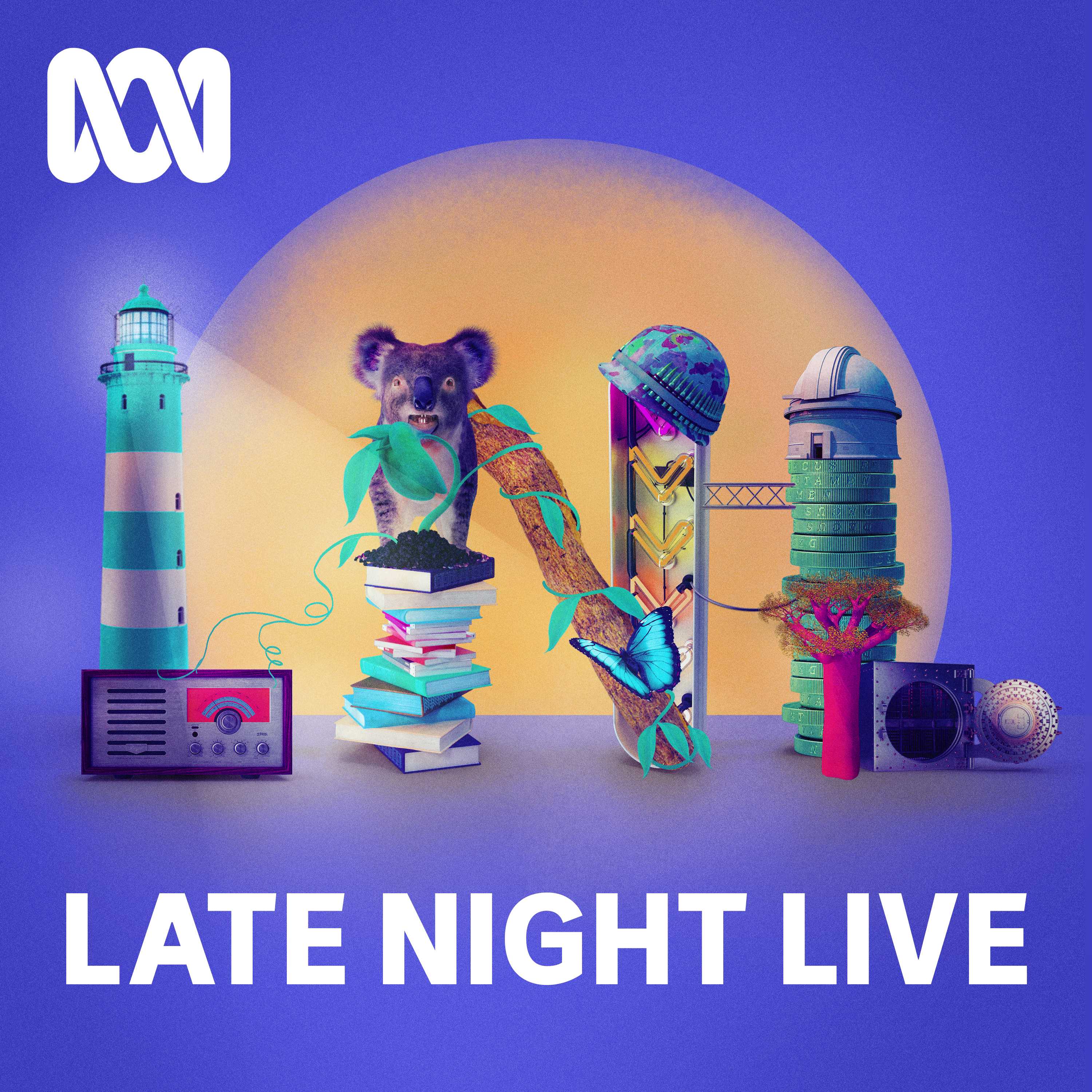
The RegenNarration
The RegenNarration podcast features the stories of a generation that is changing the story, enabling the regeneration of life on this planet. It’s ad-free, freely available and entirely listener-supported. You'll hear from high profile and grass-roots leaders from around Australia and the world, on how they're changing the stories we live by, and the systems we create in their mold. Along with often very personal tales of how they themselves are changing, in the places they call home. With Prime-Ministerial award-winning host, Anthony James.
The RegenNarration
Bring Them Home: A film screening sparks a raw, heartfelt Q&A at a Denver premiere
Welcome to one final special offering for you to round out the series recorded at Amskapi Piikani Blackfeet Nation, in current day northern Montana.
When the documentary film that culminated at Chief Mountain, Bring Them Home, was screened at the Regenerate Conference in Denver last year, while on its award-winning international film festival circuit, co-director Daniel Glick and producer Melissa Grumhaus from Thunderheart Films were there.
The film charts the decades-long story leading to the return of buffalo to the wild for the first time in over a century. And it’s narrated by Oscar-nominated Blackfeet woman, Lily Gladstone.
So in the emotion of the moment, I recorded the 25 minute Q&A with Daniel and Melissa on my phone, just for myself, and asked them afterwards if they’d be up for doing a podcast on this. Thankfully they were.
But when I listened back to the Q&A, it was all there. Succinct, in the moment, and profound – talking about the film’s story, and their own. I was able to ask a couple of the questions too, that more or less bookend it. So I checked with Melissa if she’d be happy if we just ran this, and thankfully she was.
Recorded 6 November 2024.
See photos on the episode web page, and for more behind the scenes, become a supporting listener below.
Find more:
Film trailer, screenings & streaming.
The 18-minute short film directed by Daniel in 2016 that led to the feature film (which was also co-directed by Blackfeet filmmakers Ivan & Ivy MacDonald).
For more of the story, head to the 2-part podcast series produced on Blackfeet Country, episodes 276, Culture as Medicine, and 277, Chief Mountain.
Music:
Bring Them Home, by Foreshadow feat. Ksk'staak'iinna (Official Music Video).
ONE PLACE HAS OPENED UP - Apply now to join us for Confluence 2026, a canoe journey on the spectacular Murray River, Australia.
Pre-roll music: Heartland Rebel, by Steven Beddall (from Artlist).
The RegenNarration podcast is independent, ad-free and freely available, thanks to the generous support of listeners like you.
Please consider becoming a paid subscriber to help keep the show on the road - and gain access to a great community, your host, and exclusive benefits - on Patreon or Substack.
You can also donate directly via the website (avoiding fees) or PayPal.
I hope to see you at an event, and The RegenNarration shop too.
With great thanks also, for your spreading the word!
Call it perfect time better now than ever though. It feels incredible to have the Eddie back at home. The future never sets up. But gunny land, we let him roll. This dependent couple any on the pedestal. They try to race it, but our people think to fake it. We never became complacent. Now goosey told us, we patient. We are strong because of them. They are strong because of us. Yeah, yeah. We need to see do sit beautiful. Get through a free. We brought them home. Now Chief has the missing keys. Who is on the ground? We return what our spirits need. They run the plays, we feel the breeze. Overcome the pain. We heal when we see them free. We won the battle with the fight before. Restoration of our culture free four. Everyone has to play a part in this view. For our business that I'm true, we have to see it through.
AJ:Welcome to one final special offering for you to round out the series recorded at Amskapi Piikani Blackfeet Nation, in current day Northern Montana. When the documentary film that culminated at Chief Mountain, Bring Them Home, was screened at the Regenerate Conference in Denver last year, while on its award-winning International Film Festival circuit, co-director Daniel Glick and producer Melissa Grumhaus from Thunderheart Films were there. In the emotion of the moment, after the film tells the decades-long story leading to the return of Buffalo to the Wild, and with it narrated by Oscar-nominated Blackfeet woman Lily Gladstone, I recorded the 25-minute Q and A with Daniel and Melissa on my phone. It was just for myself, really, so I asked them afterwards if they'd be up for doing a podcast on this. Generously, they were. But when I listened back to the Q and A, it was all there. Succinct, in the moment, and profound. Talking about the film's story and their own. I was able to ask a couple other questions too, that more or less bookended it. So I asked Melissa if she'd be happy if we just ran this, and thankfully, she was. And funnily enough, when I asked her this a few weeks ago, she was with Kim and Andrew, my guests over the last two weeks, at the Blackfeet Nation. I have a little disclaimer on the sound quality, including some quite boomy footsteps on occasion, but I think it's alright. If you find some of the questioners hard to pick up, you'll likely guess what was said when you hear Daniel and Melissa answering alternatively, or as well, I've written the questions in the chapter markers. If you can't access those in your app directly, just head to the link in the show notes. I pressed record as the closing credits rolled with an awesome piece of music you heard at the top. I'll put a link to its full version and film clip in the show notes. Along with how you can see all the story in the film. And of course, if you want to hear about two podcast series produced on Blackfeet Country, head to episodes of 276 and 277, Culture as medicine, and Chief mountain, respectively. Okay, let's head back into the Denver theater.
Questioner:Can we talk about how Lily Gladstone came to be involved?
Daniel:Yeah, yeah, so Lily's Lightf. She was born on the reservation over there in 2018 in 2012. Um I met her in 2016. Um a long time ago. We started filming in 2016 and I asked her to narrate it in 2017. So it's good timing that she got that Oscar nomination as we finished this film. Um we I mean we always knew how good she was, but it and when we when I heard that she got that part like four years ago, I was like, all right, she's probably gonna get an Oscar nomination for that. Um yeah, she's her cousin's in it, your cousin is in the film, and uh we know a lot of her family, and yes, he's she's got a big heart for the Buffalo, big heart for her people.
Questioner:At the beginning, I was like, oh, that woman sounds so much like Lily Gladstone.
Melissa:Something else about that. Uh, when Daniel and the team were developing the project initially, it was not clear whether it was going to be a documentary or a narrative film. And so they sort of I came on after Lily and Ivan and Daniel, or Ivy, and uh so Lily helped write a script that we're working on next. Um, so she's been involved since the very beginning and remains super committed to it.
AJ:Firstly, I'm blown away. That's incredible, well done. How did you come to it, Daniel?
Daniel:Yeah, uh yeah, 10 years ago I wouldn't have yes. I grew up in Brooklyn, New York, so this is pretty far from my origins. Uh but I moved to Montana about 10 years ago and I was hired by a nonprofit to tell a story that was adjacent to the Blackfeet Reservation about oil and gas leases that the Blackfeet tribe have been fighting for 35 years in their ancestral territory. And um when I was there, I saw their buffalo. They put their herd along the highway in the summers, and it's really like some people passing by, anyone going to Glacier National Park, they'll all see the buffalo. And uh I had been wanting to do a film about buffalo for a few years at that point, um, just because I wanted to spend time with the animals. I was always been an animal lover, and when I first saw Buffalo when I moved to Montana, probably in Yellowstone, I was just I don't they stayed with me. And then I had a dream about a buffalo talking to me, and I don't have weird dreams like that, so that stayed with me and kind of created this seed. Oh so yeah, and so I asked permission to make a short film about their buffalo drive, and that's what we shot in 2016, and that in that making of that short film, they told Sheldon, um, who's in this one, he said he talked about the Elk Ivan herd and the plans to release the Elk Ivan herd. And I said, Oh, that's a sounds like an interesting story. And nobody else has fallen it. So I started it with this small team that we had and looked for Blackfeet collaborators, and thank God found Ivan and Ivy McDonald's, who are my co-directors, you know, Blackfeet tribal members. Um we got Blackfeet people up and down the whole project. So that that's that's the origin. We started so started filming this one officially in 2017, thinking we would be done in 2018. Uh but it was this year that we finished it.
Questioner:How do you continue to work with people who are against reading Buffalo Home? Or how do you share this information? And are there copies of this that we could acquire for educational purposes and things like that?
Daniel:Yeah, so the last thing first, if you take a picture of that, it'll take you to our website and you can reach out to us. And uh we we are in the process of you know two-year impact campaign where we want to put the film in places where it could actually make a difference, where it can try to change, help, try to shift opinions, soften people, open people for Buffalo, and um and other conservation, right? Other indigenous-led conservation. But um, so you can reach out to us. We'll we want to help with those kind of um that kind of outreach. I mean on the reservation, there's still you know, there's still some pushback, um, but not nearly as much as there was uh you know just 20 years ago before the E initiative started. Um I mean I think like that we were mostly talking with people who were supportive of the Buffalo. So that we as a film team didn't experience much pushback. I mean, we for a while we considered expanding the story a little bit outside of the reservation because Montana is incredibly hostile to bison. Like the political climate is pretty opposed. Um but then we realized okay, no, the story just needs to stay on the reservation. And on the reservation, these days, there are there's a general openness. Like there's concern, there's still some concerns, competition around grass, particularly like one or two people who are like one of the bison rangers. But um I think like one of the guys, Terry Tatsy, told me, um, he's in the film at the beginning, he's a fourth generation cattle rancher, blackfeet, and um he said, you know, everyone who has helped like bring the buffalo back on the reservation have been cattle ranchers. Like they've all been ranchers, and that's there's that's where the support is. And he said that today there are cattle ranchers saying, all right, you know, if if you let uh if you I'll let the buffalo kind of graze on my land, if during the winter I could bring my cattle over to some tribal land. And that kind of openness never existed before. Uh like 20 years ago. He said 20 years ago never would have happened. Um so I mean I think, and again, I think some of it is patience and time. I mean, that's what the I think for me the takeaway of the film is like you have to be willing to just be patient and wait and keep trying and keep trying and keep trying, and there's gonna be conflict, and um just try to try to navigate that as best you can. I think um change is hard, and even like the blackfeet people who have 10,000 years of connection to the animal was broken for about 150, but it's still challenging to reconnect for someone once who went down the cattle ranching road pretty hard. Um so yeah, I think I think it really like with a film like this, like next year we are gonna be showing it throughout Montana specifically, in cattle ranching towns. Oh, this is a sorry about that, in uh in cattle ranching towns. And uh I imagine some people are gonna be like, no. But other people will be maybe a little softened by it. It's like though you can't get the ones who are the hard and closed nose, but you can try to get the people who are a little softer or who are not as rigid, and then just kind of hammer, chip away at it, and just I think that's it. I don't know what do you have. That was a long one, sorry.
Melissa:That was good. Uh I'll just add that we are in the process of hiring an indigenous curriculum developer to get it into schools. We're talking to the Bureau of Indian Education about getting it into schools. Um, we're showing it to the entire EPA, we're working on showing it to the entire Department of Interior. We are showing it to parts of the Department of Agriculture, I believe. And really, and yay, yay. Uh and also it's being used in meetings like this all around with non-native led conservation type organizations as a way to really help people understand what Indigenous-led conservation looks like. And you know, just as one piece of this whole story. But we've been told by a lot of uh with a lot of feedback that it's super helpful for people to help understand why it's so important.
Daniel:Yeah, the patience piece, I can't emphasize that enough.
Questioner:But this, I think this is just so amazing, and I'm kind of curious. Is it been a year pant that they've been out there?
Daniel:Yeah, so they they put them out last June, July. Ultimately, they all went back to the center. Um so what happened was this it was like really last minute that they released them. Like it was wait, wait, wait, wait, wait. Okay, let's do it like in a month and then a week. Uh and so they just took that leap of faith not knowing what was gonna happen. And so and the buffalo were out there real deep into this for a long time. But the that whole area borders Canada and it borders like a bunch of highways on the east. And then beyond that, there's a bison ranch, a bison ranch owned by a billionaire from Chicago who put up a giant fence that nothing can get through. Um, and so the buffalo, I think for different reasons. Some of them went north into Canada, and the cattle ranchers there threatened to kill them. Um and then the then some of them kind of kept going east, but there's highways there. They, you know, they're going into a different environment. Like they know how to survive in the woods. They did it for millennia, but they're not used to it yet. And so all of them ultimately kind of made their way back to the to the rest of the herd, but they're they've been prepping this whole year for the next release, the next route. So they've they're fencing the border with Canada and they're fencing on the east side so that the buffalo will be encouraged to explore the one million acres of glacier that's right there and get accustomed to living in the woods again. It takes a while. I think, yeah, that they they wanted to, they're a planner line, but it's really, really rugged for running up there, and you only get like four months without snow, and it's poor. I talked to one of the guys, heath, who adopted the orphan buffalo calf. He's been fencing, he was fencing up there, he's like, oh my god, it sucks. It's like really hard in the in the bulldozer, in the excavator, just constant kind of making way, but they they've been they've been hitting it, they've been going at it, and what they said, what one of the tribal councilmen told me, yeah, look, it's looking like next year. I mean, it could be another feud, you never really know, but they are moving. Like they're they're moving in that direction. And they learn from this first step. I mean, the first week was the hardest, it's the scariest. That's why it took so long. My mom was a teacher and she said, no one is raising their hands, just wait like two minutes until it's excruciating. And then someone will raise their hands.
Questioner:Are they still leasing out land to cattle ranchers or have they stopped doing that?
Daniel:Uh well, I mean in in the Chief Mountain area, they're not leasing for cattle ranchers, but everywhere else in the reservation are. Yeah, I mean that because there's not a lot of sources of income. And that's one that they that's reliable.
Melissa:The land that was set aside by Chief Mountain is a temporary thing, and so they're working right now with a lot of partners to figure out how they can afford to do that forever going forward with different options.
Questioner:They should be able to sell some to make some money back. So that's why I'm having people understand why it's not financially happy. That low instead.
Daniel:But no, that's true. I mean, they are they do sell some of the like the tribal herb, they do market the animals. Um, I think it's it's some of it is has been a learning process and um challenges of of balancing the numbers and figuring out what the carrying capacity of the land can be. But then they they are marketing the animals to try to make it sustainable for that tribal herd, but they really but for the wild herd, they they really just want to let it be wildlife. Like that's they don't want to market those ones. But the tribal herd, they're trying to make that sustainable. And I think that they're finding success. Like they they're I think there's more demand now than there is supply. So they have like really good turkey, like they make black beat turkey.
Questioner:Is brucellosis a problem in the picture?
Daniel:Brucellosis is not a problem on the blackbeat reservation. I mean, the and all of the wildlife biologists I've talked to is like a red herring. It's never been proven to go from buffalo to cattle. I mean, it was given to buffalo from cattle originally. Um and elk are way more likely to transmit it to cattle than bison are, and that's proven. And so um, yeah, lack of reservation, not an issue. Like it's what it is is competition for grass. And that's I think that's what it is, I think, anywhere. But brucinosis is just another excuse and some kind of fear tactic, I think.
Questioner:Yeah, I'm curious about the relationships of the national parks in the conversation about that and what it would look like. I know what the end we thought they were very supportive, but what did that look like to start with having?
Daniel:Yeah, I mean, like 30 years ago, the the national parks were like, no, we don't want bison. Um glacier was like that. Um but ever but ever since we were up there, Glacier's been like, when you're ready, like it's like we don't like Glacier's perspective was we don't want to introduce bison. That's like too difficult, too much red tape. But if you introduce bison on your on the tribal land and they roam into glacier, that's great. Like that's fine with us. And so they're they're very supportive now, very, very supportive. And so is Waterton Lakes, uh, which borders Glacier in Canada. And so once these buffalo get out to the mountains, they can they'll be able to roam up into Waterton into Canada too and come back down. So very supportive now.
Melissa:I'll just say not all Park Service is super supportive of this, and actually the film is being used to help educate some others in the Park Service who where they are trying to bring bison back, and the Park Service isn't super excited about that. So hopefully it'll help.
AJ:I'm curious for you both what what the most moving thing in the whole experience has been for you.
Melissa:It's like saying pick your favorite.
AJ:Yeah.
Melissa:I think I think the most meaningful thing once it was finished for me was hearing from the elders how appealing it was for them to see the film and how they really want every child to see this film, to know that there's a different way of life, that there's a there's a different path they could choose, other from drugs, and you know, to help them with their mental health, whatever it is, um, and to see the beautiful landscape in which they live, and to see, to be reconnected to that animal that is a huge part of them. And so to get that feedback from the elders was everything.
Daniel:I think for me it was also when the film was done when we showed it in Browning for the first time. Um there were like, I don't know, at least 500 people, evidence is a thousand. So there's a lot of community members who were there. There was a big arbor and hundreds and hundreds of community members. And when we got to the end of the film and it said, the tribe set aside more land for the buffalo, people applauded. And then when it said they're gonna put out the rest of the herd in 2024, people applauded. And that that to me was but like I I that was the biggest kind of emotional feeling was oh, okay, this this both the community is supportive of this and and they're responding to the emotion of the film, they're feeling there. It was uh, yeah, that was just really wonderful to see the support of the community, here to hear the support of the community, where knowing 20 years ago most people wouldn't have done, most people wouldn't have had that enthusiasm, probably wouldn't have come in to see the film or not.
Questioner:I started by the uh the irony of sensing in a wild bird, uh at least not reading. Um I'm curious uh what the engagement with those Canadian ranchers and that the Bison rancher. Uh, and I think there's a future where those lenses might come down.
Daniel:I think, I think, I don't know about the Canadian ranchers. I mean, they're just pretty hostile. I think there's some attempts at communication with some of the nonprofit partners of the Blackfeet. The billionaire ranchers kind of a jerk. Um he's old, and so maybe when he moves on, his kids might be a little more friendly. And like he offered to sell it to the Blackfeet at like way over market. And there is, I think there is a future maybe when fences come down, but it would be a while. I think it's just baby stuff. Um it's been so long since wild buffalo groamed there, so it would just take a while to slowly rebuild the land mass, like to for the tribe to buy back more land, or because that's a thing, they have to buy back the land that was taken from them. Um and so I think it's just a slow process. Maybe someday, but it might take generations.
Questioner:I don't want to take up too much time, but I just want to say thank you for the film. I'm from the Winnebago tribe in Nebraska, and I did take care of uh our buffalo work for about two years. And it is a lot of work. But more importantly, the educational aspect of your film, what kind of deals with that connection between the buffalo and the two different transformations how they said that they do have available, which that's how we deal with the buffalo as well. So um it's really a good educational film for anybody that's not familiar with kind of how different tribes deal with, you know, trying to get their buffalo back home. And uh it really hits home too watching this because we're getting uh a dozen uh Buffalo from Yellow Scope next week before our track. So I just wanted to thank you for the film and you didn't take the album.
Daniel:Well we'll we'll hang out here. Uh yeah, one final thing. If you have any people in your orbits, if you know places where this film could be useful as educational tools, whether it's on a reservation or not, or whether it's a tribal organization or not. We are offering the film for free to all tribal groups, all native folks. Please reach out to us and inquire. We want the film to help grow this effort to bring bison back.
Melissa:I was just gonna say in response to your comment that uh we showed this film at a food sovereignty conference a couple weeks ago, and a woman there said the difference between an indigenous told story about Buffalo is that it tells the story of the heart. And so I think that's similar to what you're saying. Hopefully, it came across. Um is it available for rents for people who want to see it? Not yet. Right now we're doing film festivals across the country and private screens like this, and we're working on distribution and possibly a limited theatrical release. Um, but we've got to get that settled first, and then hopefully it'll be widely available.
Daniel:Maybe in a year. Follow us on the social medias to know when Thunderheart films. Thank you, and so we can see the video.
Podcasts we love
Check out these other fine podcasts recommended by us, not an algorithm.

Team Human
Douglas Rushkoff
7am
Solstice Media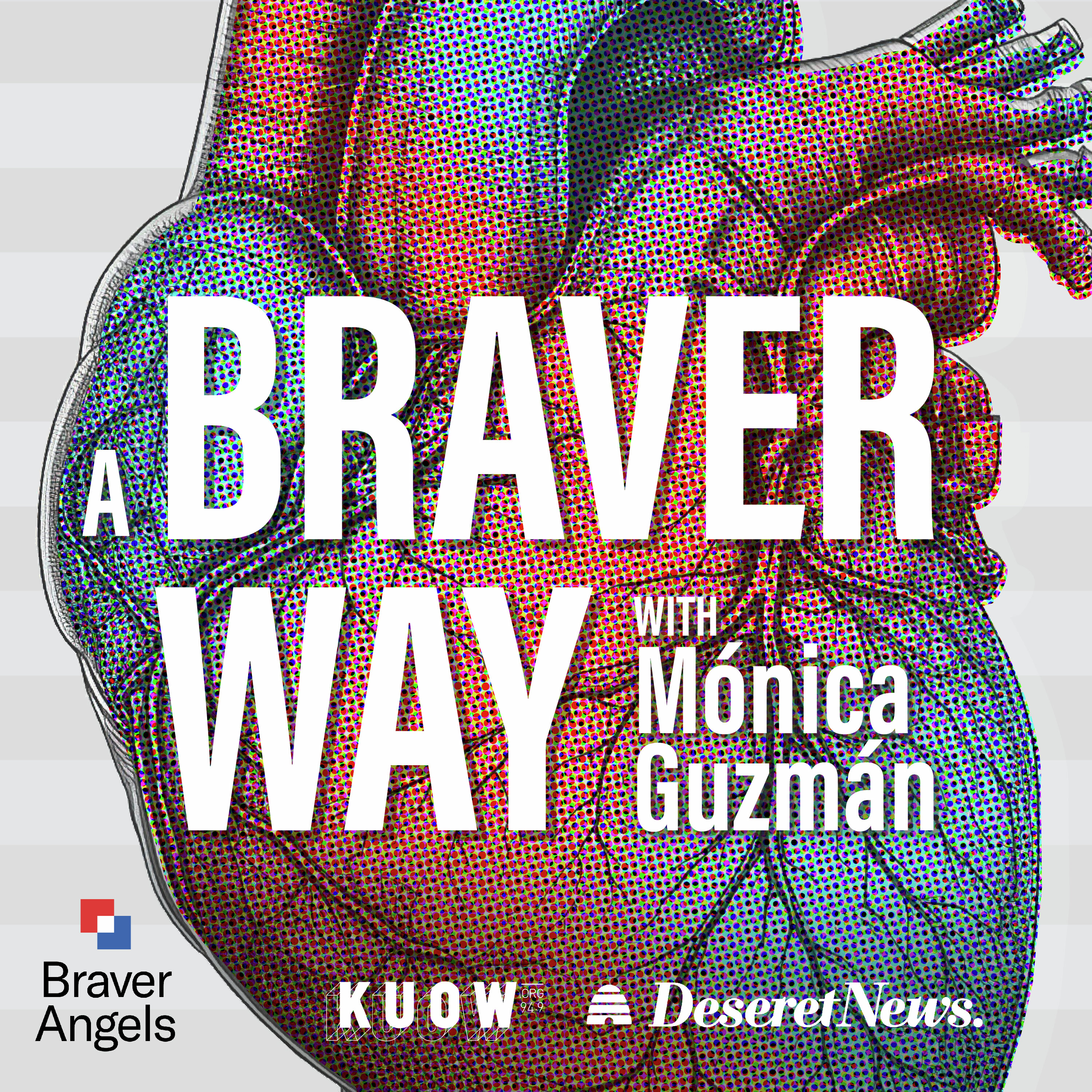
A Braver Way
Monica Guzman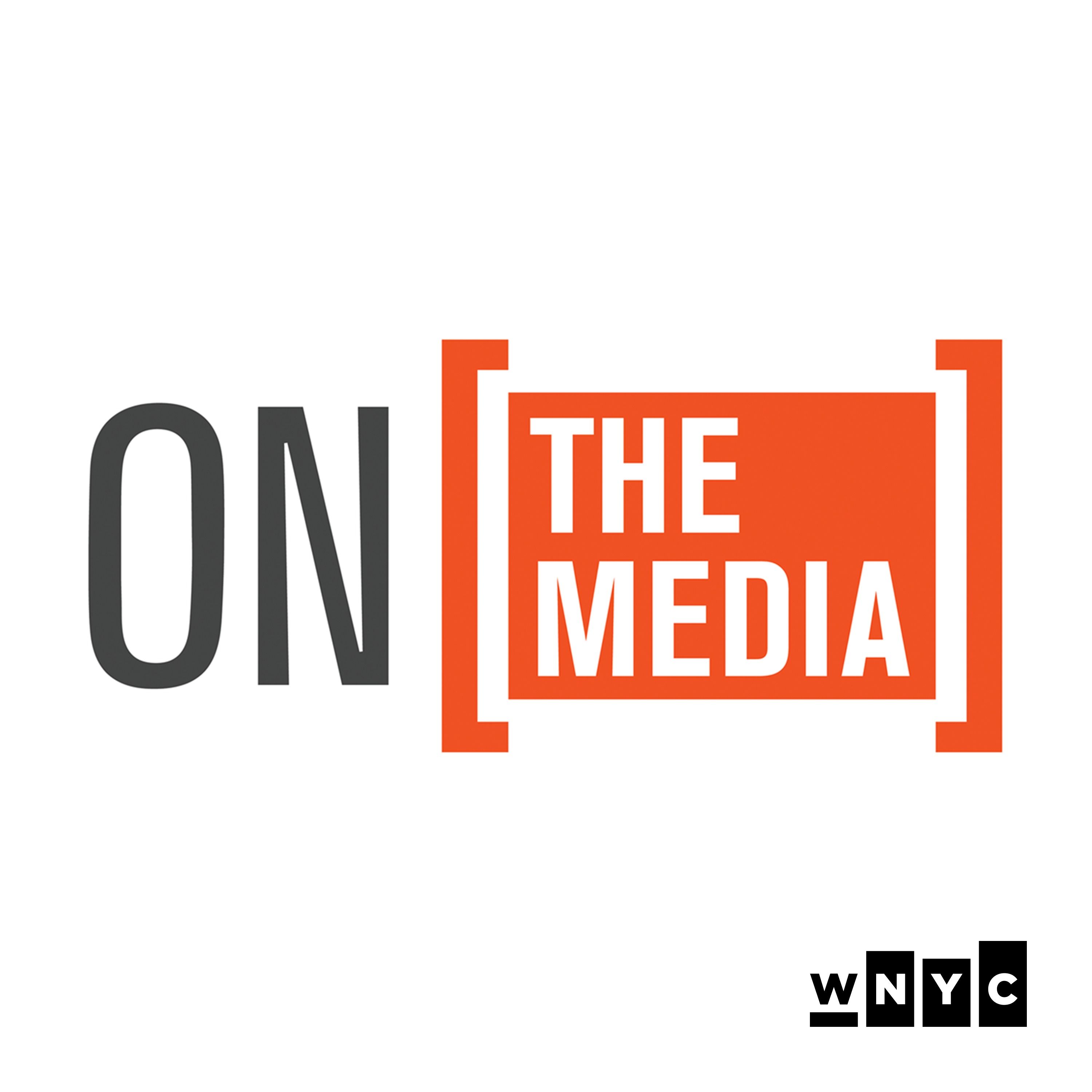
On the Media
WNYC Studios
Aboriginal Way
Aboriginal Way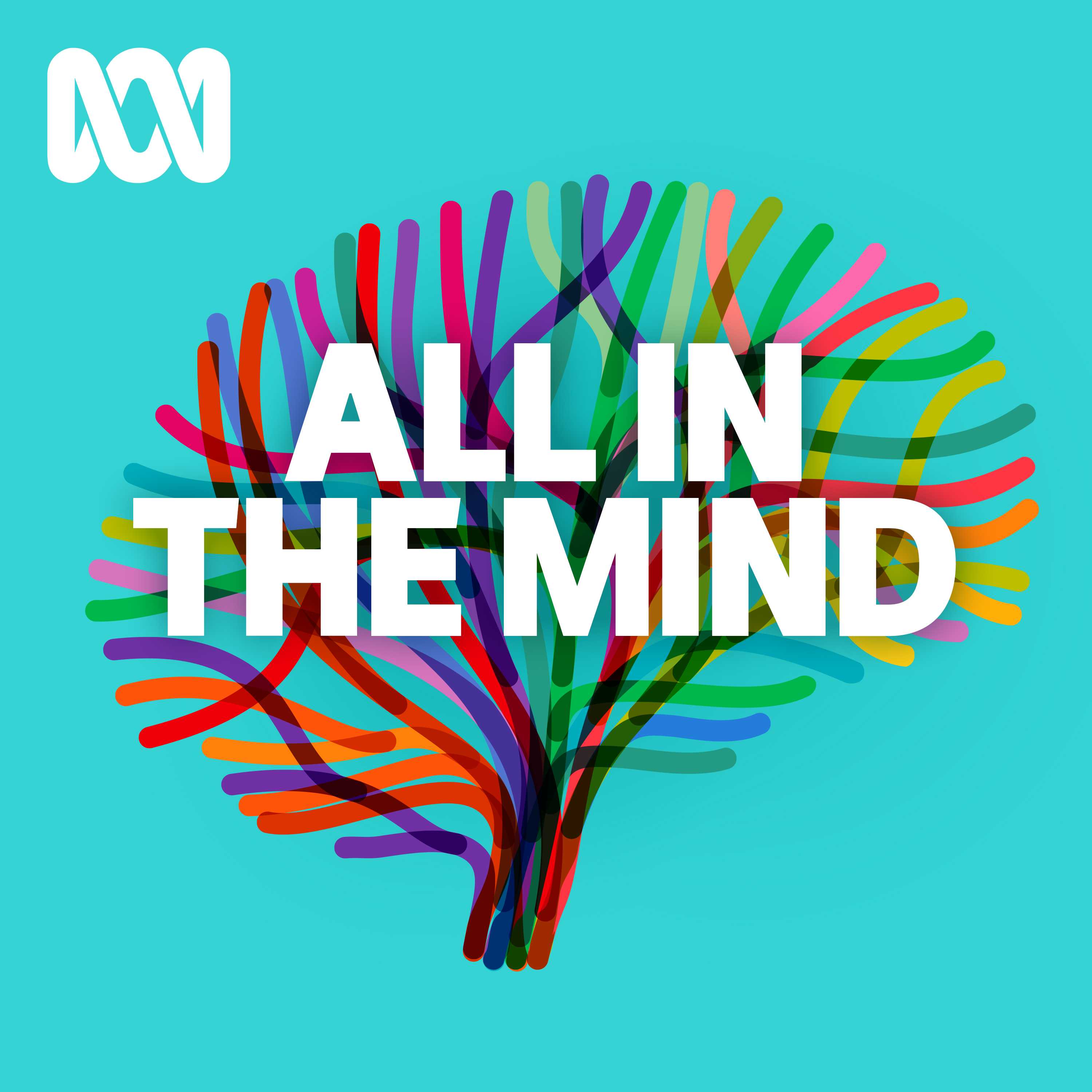
All In The Mind
ABC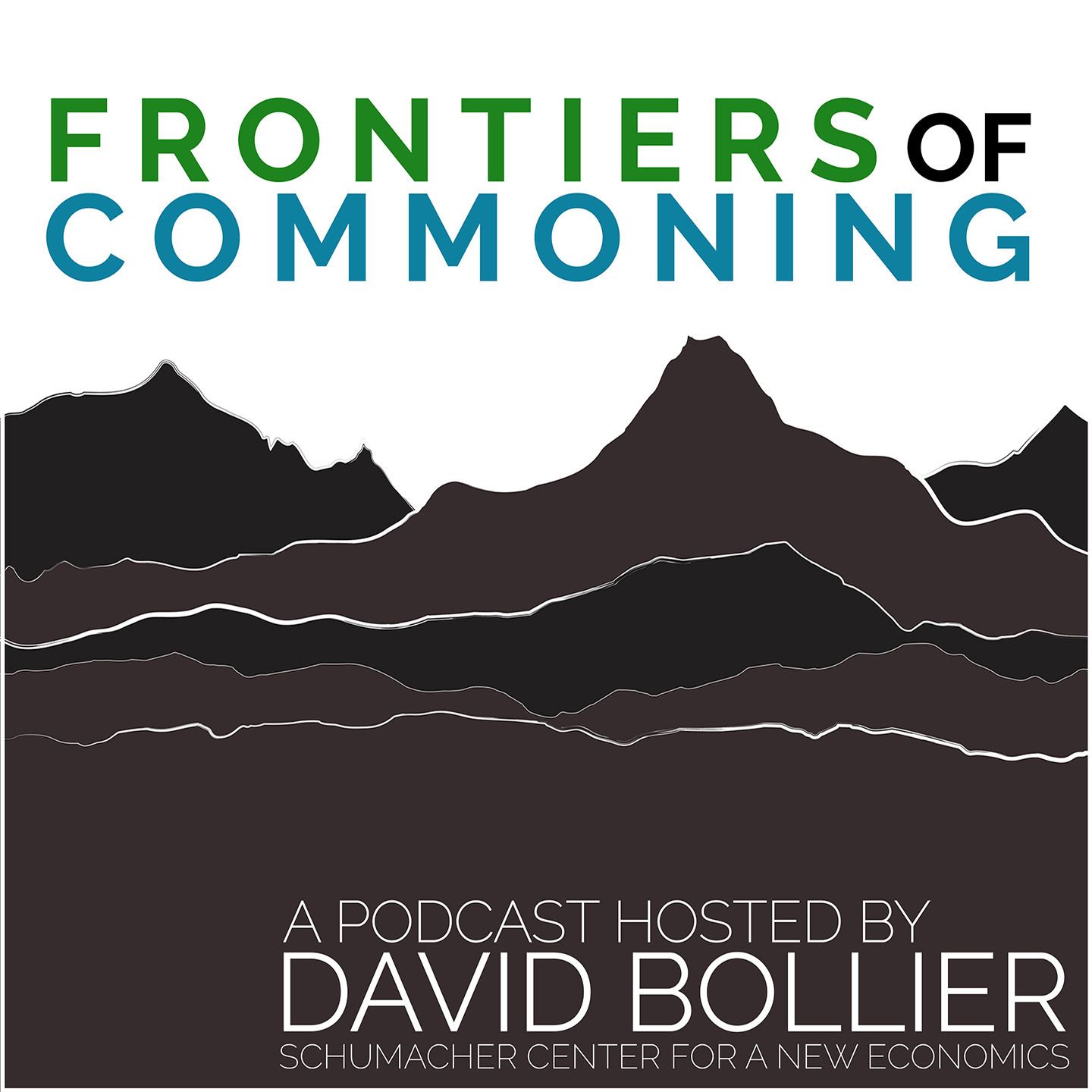
Frontiers of Commoning, with David Bollier
The Schumacher Center for a New Economics, David Bollier
Futuresteading
Jade Miles
The Lindisfarne Tapes
The Schumacher Center for a New Economics
Buzzcast
Buzzsprout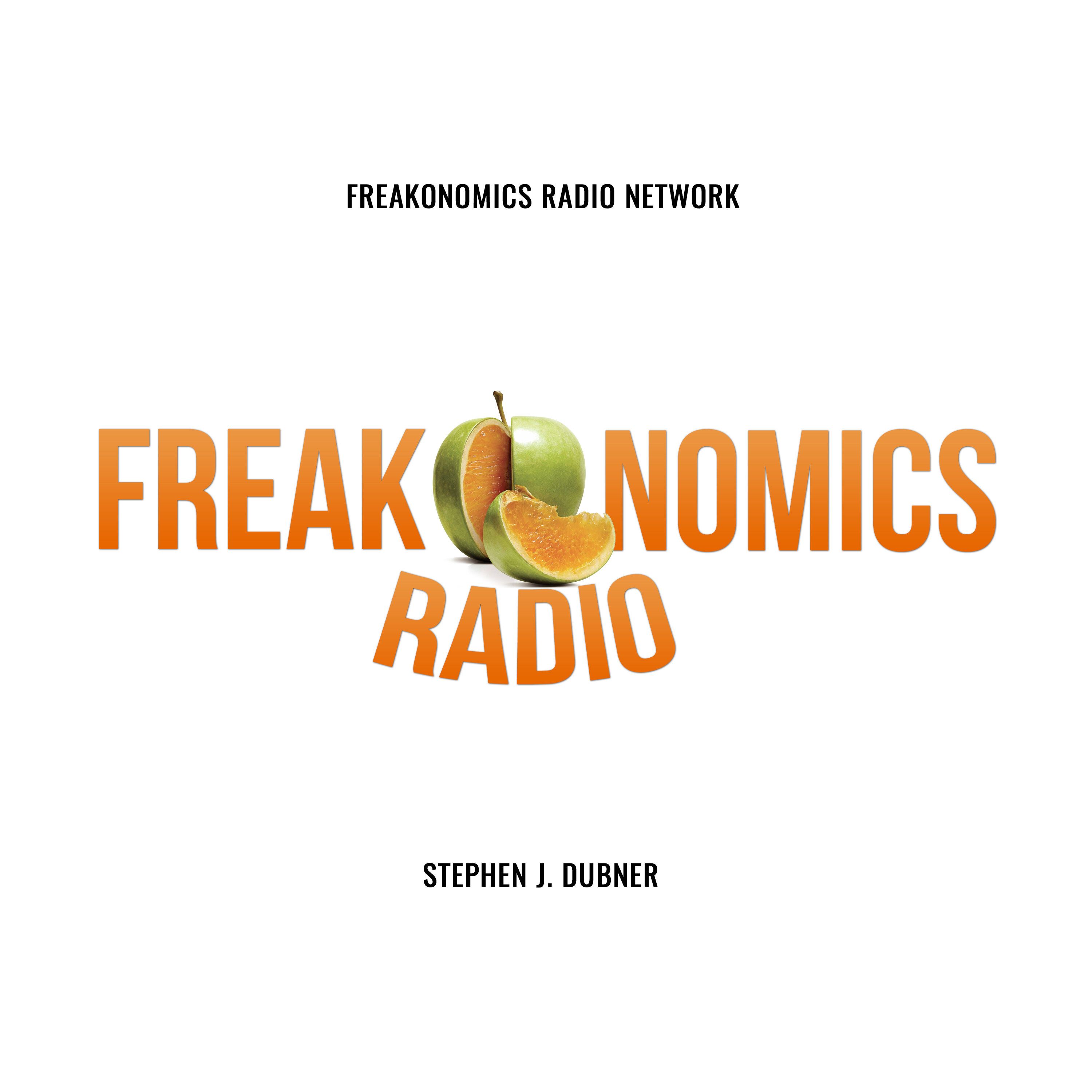
Freakonomics Radio
Freakonomics Radio + Stitcher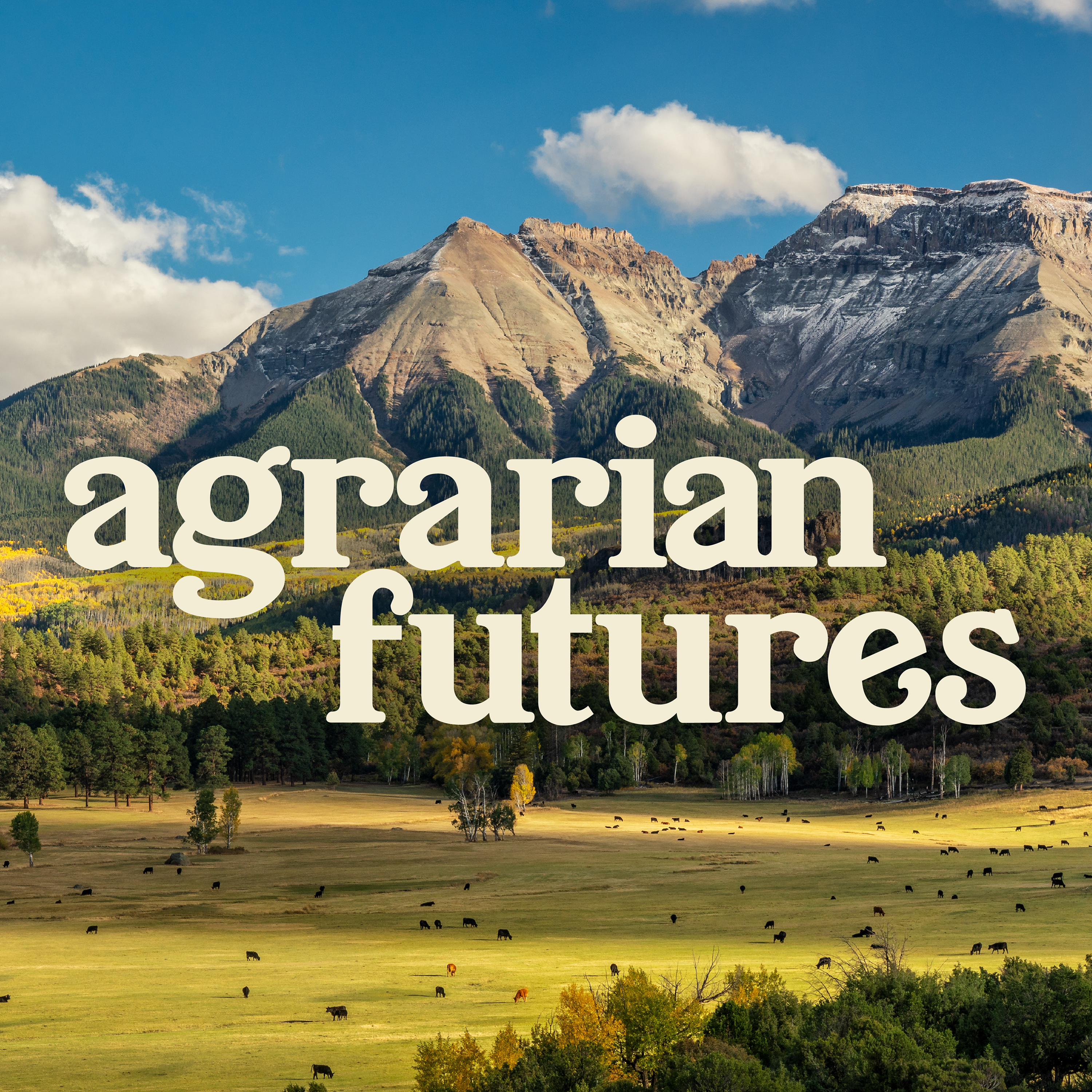
Agrarian Futures
Agrarian Futures
Mountain & Prairie with Ed Roberson
Ed Roberson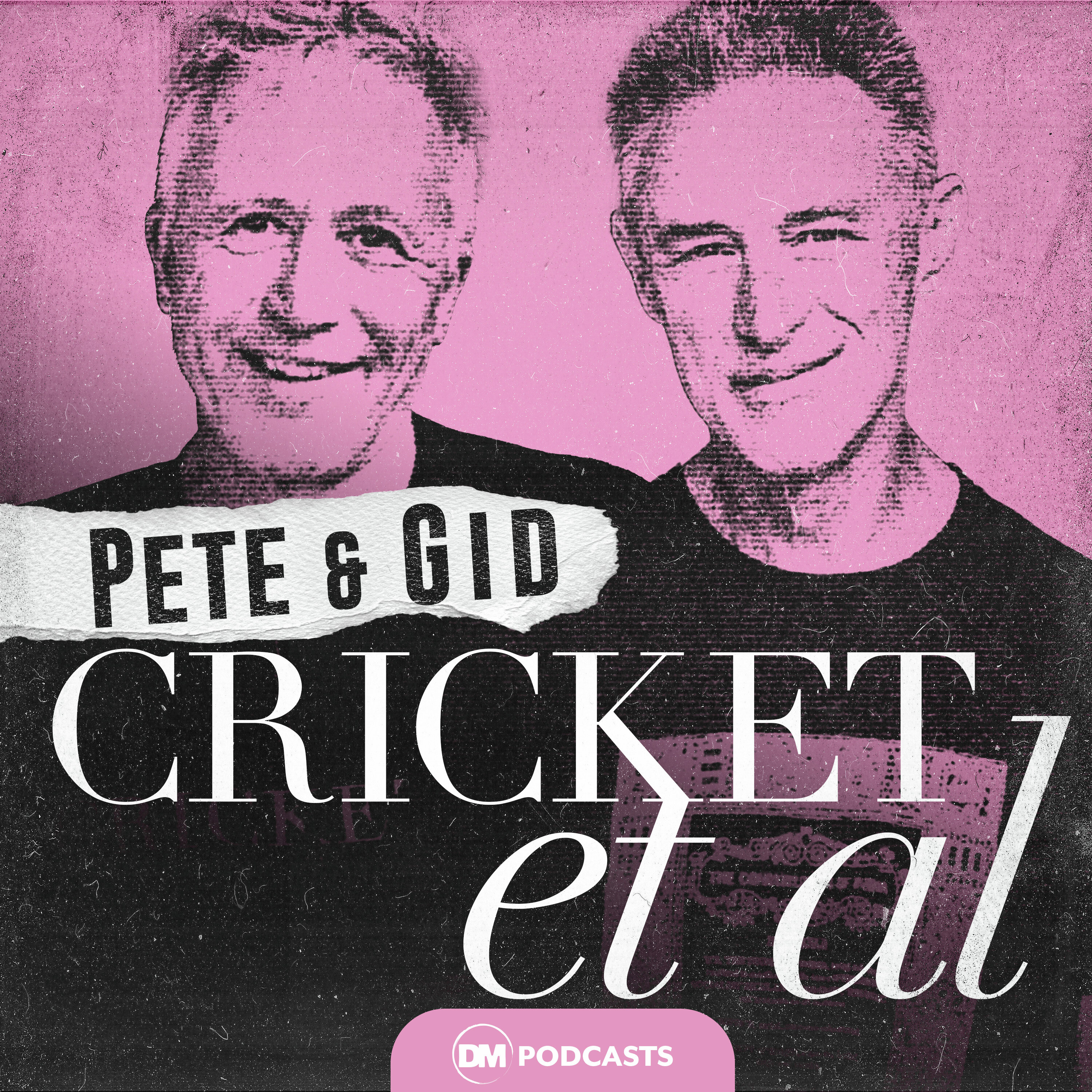
Cricket Et Al
Cricket Et Al
Broken Ground
Southern Environmental Law Center
Lost Prophets
Elias Crim & Pete DavisConversations
ABC

